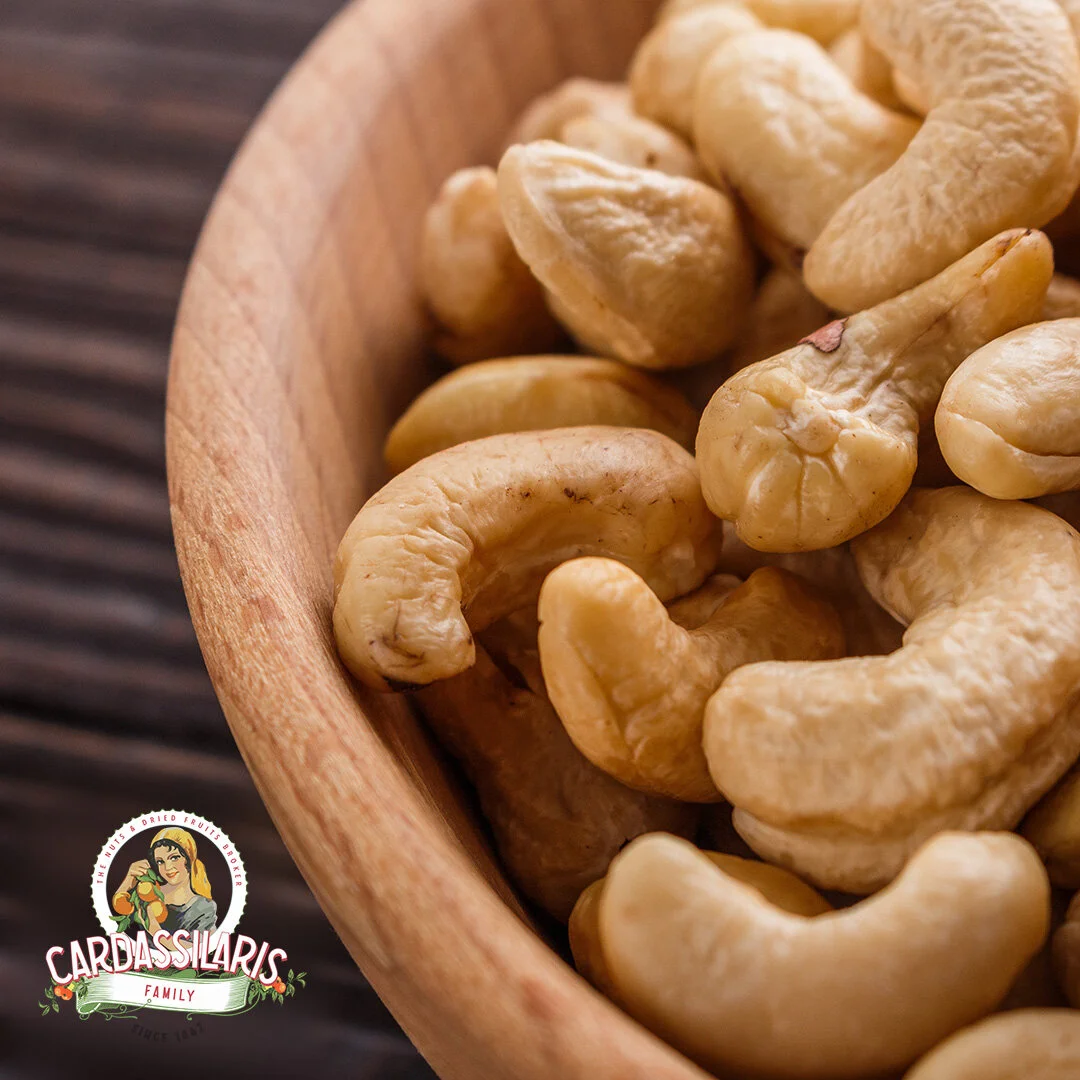Everything You Need to Know about Cashews, Pistachios and Pecans in 2021
It has been a rough year for almost every industry. So, it shouldn’t come as a surprise that the dried fruits and nuts industry has also had a hard time recovering from the effects of lockdowns and the pandemic.
As the world slowly starts to move on from isolation and the economic impact these unprecedent times have had, we find ourselves facing newer issues which are guaranteed to impact our way of living.
For one thing, in a post-corona world, people are definitely going to be more cautious of their lifestyle choices, particularly what they choose to eat. During September’s INC executive committee meeting, it was predicted that we are going to see a boom in the demand for dried fruits as people become more health conscious.
Since we have already talked about almonds, walnuts and peanuts- which made up the majority of the discussion during the meeting- we are now focusing on cashews, pistachios and pecans, and what the committee had to say about those as well.
However, before we move on to that, we need to address the issue which affected every nut and dried fruit in the market.
The Great Logistical Issue
The biggest problem we have been facing this year, something which has increased costs across the board, has been transportation. As you already know, the lockdowns and sanctions enforced by governments to prevent the spread of the coronavirus, led to the abandonment and restriction in the transportation of containers.
There were several ports around the world where containers were just left with food and other imports just rotting there as the government refused to allow products from entering their countries.
This wasn’t done intentionally but due to the lack of coordination between shipments and government policies, there are several ports around the world that are working on full capacity at the moment, trying to get containers out or in order.
There is a global container shortage at the moment which has driven prices upwards as well. Transportation is extremely expensive and there is nothing that can be done about it at the moment.
What To Know
Cashews
Between 2020 and 2021, around 3.8 million metric tons of raw cashew nuts were produced with India providing most of it. It is projected that India will continue to provide the majority of the world’s supply with Vietnam and Cambodia following closely.
However, just because the supply is good doesn’t mean that the pricing has any significant changes. In fact, cashew prices are doing just fine- they’re not below average nor are they above it. We can safely say that the last time prices were at an all-time high was between 2016 and 20018. While there was a temporary dip in 2020, probably due to the closure of the restaurant and retail industry, the market is recovering and all seems fine.
Pistachios
The world pistachio production has actually seen 53% growth in over 10 years. Iran and the United States have been the primary suppliers of pistachios globally. The reason behind this steady rise is largely due to positive consumer trends driven by increased healthy snacking and a shift towards a more plant-based protein diet.
Strong, effective industry marketing efforts focused on health and nutrition are increasing consumer awareness and driving pistachio demand. So, as you can imagine, worldwide supply of pistachios is growing to meet current and projected demand. Kernels are most available right now and they’re also in great demand being convenient for everyone- the growers, traders, buyers as well as consumers
Pecans
Similar to pistachios, the pecan industry has had a very good year as well. Since 2020, the crop production has increased by almost 5% in the United States alone with a 3% bearing acre increase in 2021.
Based on the latest APC report, for the seven months reported to date (September-March), export shipments are up 23%, Domestic shipments are up 31% and overall YTD shipments on an inshell basis are up 29% to last year.
Vastly improved growing conditions, moving from El Nino to La Nina in late 2020 have lifted the 2021 crop yield forecast significantly. Plus, counter-seasonal fruiting indicates 2021 is an on-crop year in most regions.
The market in South Africa is very small and was not influenced by Covid. The Covid impact
was felt in China, especially lower sales of Oversize nuts. Covid started in China 3 weeks before Chinese New Year. This led to high carry over of Mexican and USA pecans. Demand increased for the first time Dec 2020 and Jan 2021.









